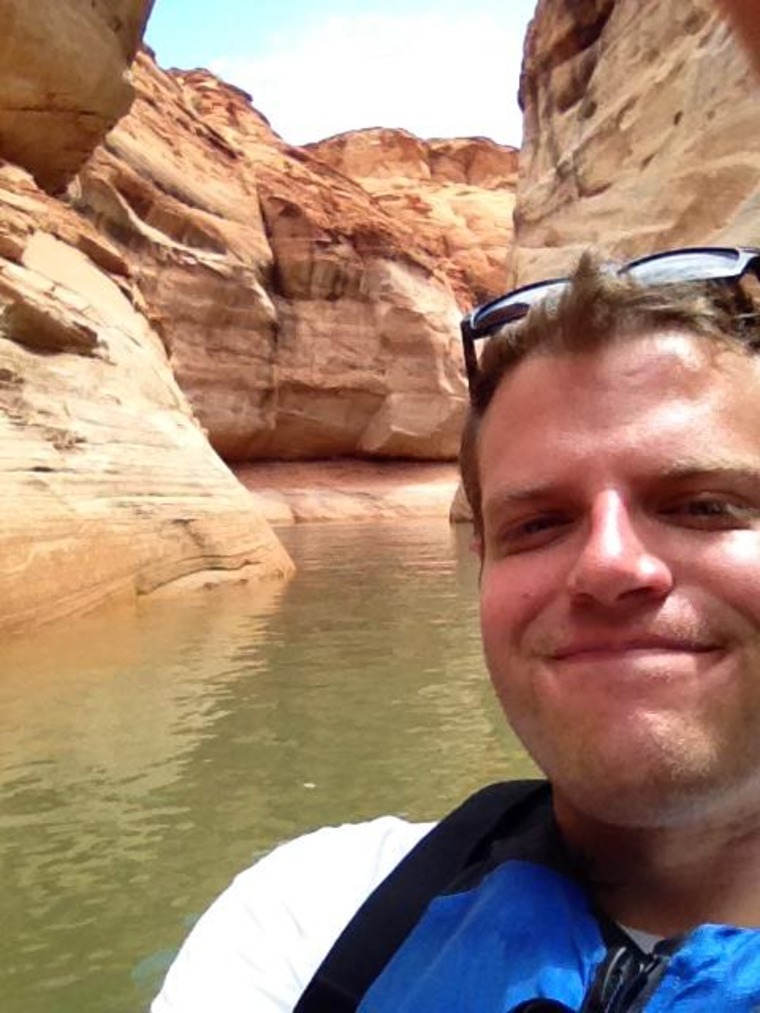Christopher Horstman

My current work surrounding the critical nature of human reliance on the Colorado River Basin in the southwestern United States strongly focuses on the need to have the next generation actively engaged in how they view and use the scarce water resources in this arid climate. I aim to implement a statewide water competition to teach students about the nature of their water supply, the role of a water resources engineer, and a wide variety of engineering and physics principles inherent in the coupled natural and human systems that comprise our region’s water supply. To address this learning opportunity a lesson plan has been under development over the past year that allows students to investigate how water is supplied to their communities as well as the opportunity to design a water distribution network themselves. To provide context for introducing students to the water-energy nexus the first portion of the module will consist of having the students take a closer look at the quantity of water they use in their homes as well as how they use it beginning with the simple question: “Where does your tap water come from?”
After the students have been introduced to water resources they will design a simple water distribution network using a model originally developed at the University of Cape Town in South Africa. The model, Aqualibrium, is what we hope will become an international competition appropriate for students in middle school and up to the college level. A favorite among attendees, this competition is conducted at professional water conferences around the world. The winning team is the one that can design the most equitable and efficient water supply network. The competition consists of a reservoir, three buckets that represent demand points, several pipe connectors, and two available pipe sizes. The goal of the activity is to equally distribute 3 liters of water from the reservoir to each of the demand centers. Penalty points are assigned for each mml of water above or below the desired 1 liter amount in each bucket. This competition will be conducted at each of the selected schools and the winning team will be invited to participate in a formal competition hosted at the University of Arizona.
Past teaching experience has shown that students who have completed this water module gain a deeper appreciation for all the different professions that contribute to the simple act of turning on a faucet. In order to address the critical nature of the nation’s growing water crisis, an informed youth is crucial to ensure the security of our water supply in an increasingly uncertain future. This activity presents the opportunity to incorporate many learning objectives pertain to the study of physics and engineering including conservation of mass and energy, sensitivity analysis, an understanding of systems, and the design of test procedures. Beyond the immediate learning objectives embedded within the project the most significant impact of this proposal will be the fact that the students and teachers will possess a stronger understanding of their local water systems. Previous experience has shown that this understanding carries over into the students’ homes and daily habits and will have a lasting impact on how the students interact with local ecosystems.
For this competition to continue beyond the time allotted for this fellowship, involvement by the teachers is crucial. As a result, the formalization of the learning becomes a resource that can be utilized over and over as it is integrated into the curriculum.

